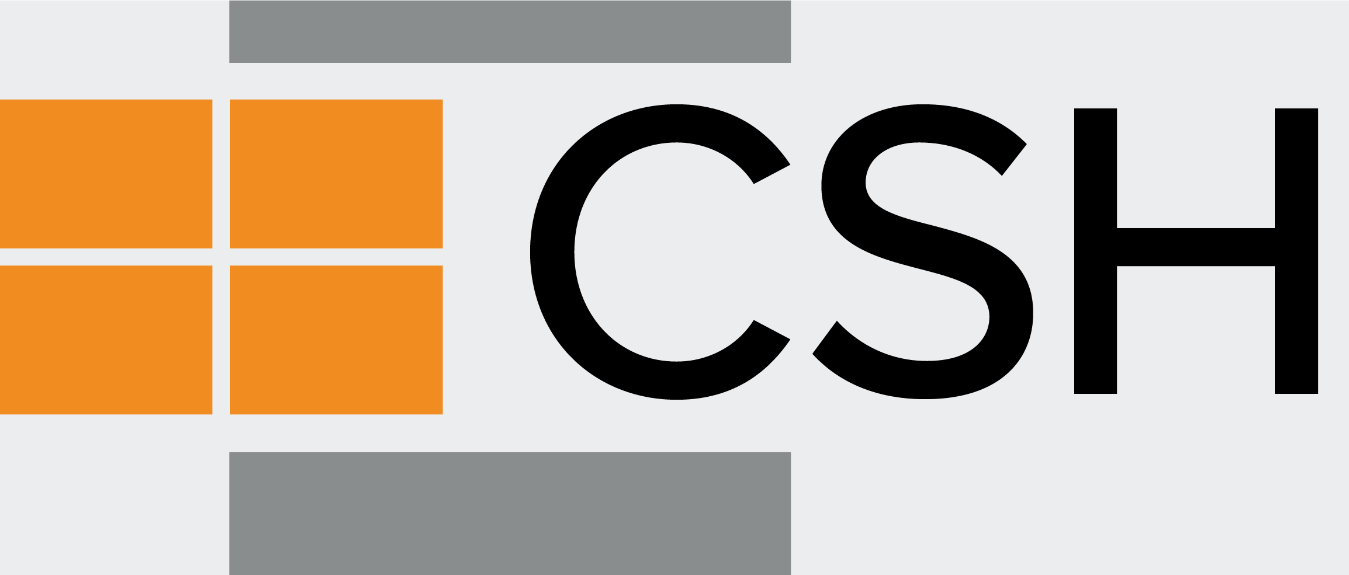Why Keeping Families Together is Vital
Developing quality supportive housing for child welfare-involved families is difficult and complicated work, requiring the resources and knowledge of many individuals and organizations. However, it is worth the effort to create a system of support for the most vulnerable children and families in our society. If done well, the families experience the program as one coherent approach to overcome their challenges, a holistic benefit that addresses their needs and builds in their strengths. Children can be with their parents and their parents have what they need to care for them.
What CSH Can Offer
CSH has a long, successful track record of improving systems that struggle with intractable policy challenges. Keeping Families Together and the Child Welfare and Supportive Housing Resource Center can assist communities seeking to implement Keeping Families Together projects. For example CSH can:
Develop and facilitate Keeping Families Together Planning Process
CSH will work with partners to identify key public, private and non-profit stakeholders, refine project goals, and develop project design and timelines that include in-person meetings, drafting of planning processes and schedules, identifying participants, and planning the overall effort.
Help identify Target Population, Characteristics, and Service Needs
CSH will work with partners to identify the specific target population for the proposed services network and model, and define their characteristics and service needs. This task will entail data matching across systems such as homelessness, child welfare, juvenile justice, Medicaid, etc., as well as the review of documents, discussions with partners, and conducting a focus group of families. The deliverable for this task will be a memo defining the target population, and describing their characteristics and service needs.
Conduct Inventory Analysis of Available and Relevant Housing and Services Providers and Resources
CSH will work with partners to conduct an inventory of available and relevant services for targeted residents, including those available through existing supportive housing providers, the child welfare system and in the community. CSH will also work with partners to identify gaps, barriers, and opportunities in leveraging these available housing and services and resources to meeting the service needs of families. This task will entail reviewing documents and convening discussions with partners. The deliverable for this task will be a memo summarizing the available and relevant services, providers, and resources, as well as identifying gaps, barriers, and opportunities.
Identify Funding and Resource Needs/Seek local philanthropic funding to test and evaluate Keeping Families Together
CSH will work with partners to identify funding and resource needs for the proposed services model. These include funding needs for direct services as well as overseeing the implementation of the new approach. The deliverable for this task will be an initiative budget and budget narrative.
Development of Funding Proposal and Action Plan
CSH will advise partners in drawing upon the memos, theory of change, and initiative budget to draft and develop a full proposal and action plan for implementing the proposed services model. CSH will advise on, outline, and review this proposal, but relies on the local partners with the community know-how and ultimate responsibility to draft the proposal. This task will result in a complete proposal and action plan.
In addition, CSH can tailor supports to meet the unique needs of your community.
For additional information about CSH, supportive housing and Keeping Families Together, go to csh.org/KeepingFamiliesTogether or email us at info@csh.org.
Keeping Families Together Existing Resources
- Keeping Families Together Overview (printed and online booklet)
- Keeping Families Together Guidebook (printed and online booklet)
- Keeping Families Together Sell Video
- Keeping Families Together Overview (one-pager printable)
- Cost Savings (one-pager printable)
